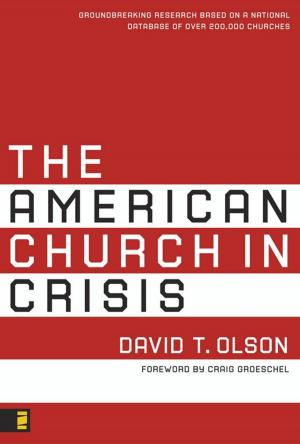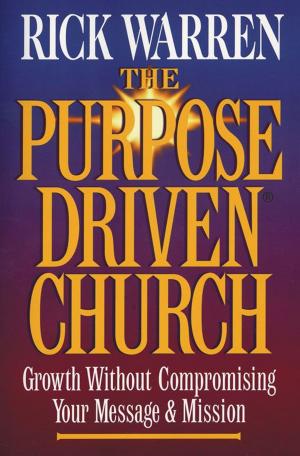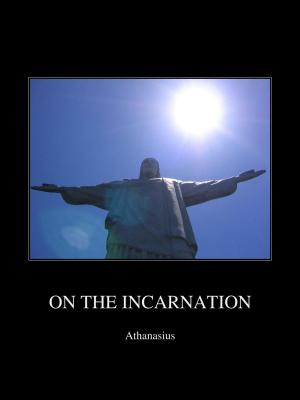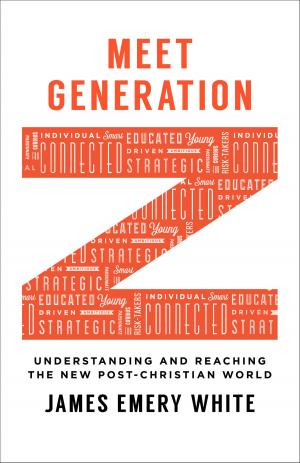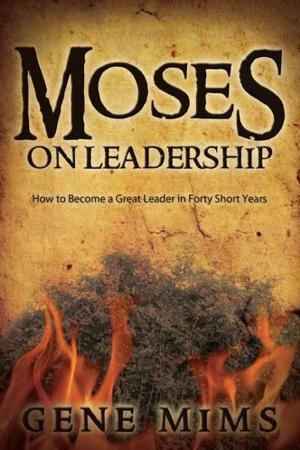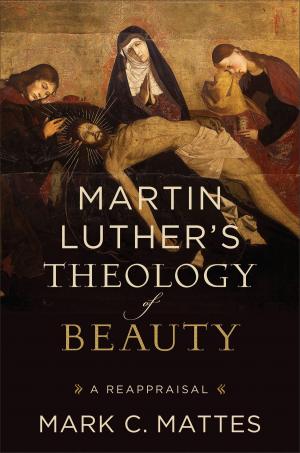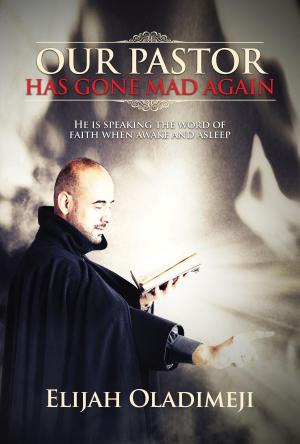Following the Dream: The Century of Russell Methodism
Nonfiction, Religion & Spirituality, Christianity, Church| Author: | Dave Mullan, David C. Pratt | ISBN: | 9781877357145 |
| Publisher: | Dave Mullan | Publication: | March 4, 2015 |
| Imprint: | Smashwords Edition | Language: | English |
| Author: | Dave Mullan, David C. Pratt |
| ISBN: | 9781877357145 |
| Publisher: | Dave Mullan |
| Publication: | March 4, 2015 |
| Imprint: | Smashwords Edition |
| Language: | English |
Following The Dream tells the story of a small group of faithful and dedicated people whose huge vision built the Russell Methodist Church and maintained a living congregation for just a few months short of one hundred years. The book was initially inspired by many touching and memorable reminiscences contributed to the Centenary celebrations in April 2012. Sadly, the event coincided with the closing of the congregation which had dwindled to just a couple of members.
Looking at the wealth of material shared in the closing and discovering some remnants of historical records, the authors proceeded to explore the possibility of a printed publication. Dave Mullan sketched out at outline around the different stages of the life of the congregation. David Pratt buried himself in the Methodist Archives in Auckland every Tuesday for several weeks. What came together after a few months is an interesting account of what is known about this congregation.
There are some fascinating anomalies. The title Methodist Church” on the noticeboard always belied the outstanding leadership of people of many other denominations. The fellowship that in 1913 built a church to accommodate a congregation of 100 never grew to more than 27 members in the whole century. The obsessive dream to build their own parsonage and have their own resident minister to themselves was only ever partially realised.
The book asks several questions regarding Russell Methodist Church mission goals. Were they realistic or achievable? What was the role of the national church in relation to Russell’s own ambitions? What is to be learned about future strategy for development of small churches in the future?
The book strongly reflects the convictions of the authors that small churches matter and should be fostered. They may not function in the same way as larger church communities but they have many special characteristics that give them great strengths, especially in small, discrete communities such as Russell.
In assigning titles to various phases to the congregation’s life, such as “The Family Church”, the “Sunday School Church”, authors designated a new label for the congregation that is ageing and able to do only a limited amount of work for itself but deserves to be assisted to continue. So they chracterise the last couple of decades of the congregation as the “Hospice Church”. Afterwards, they noted that a writer in Christian Century used the same term.
A labour of love, the writing and publishing of this little book, together with a publishing grant from the Bay of Islands Uniting Parish, enabled it to be distributed free to all who attended the centennial and closing service. In that spirit, this e-book version is also offered free.
Following The Dream tells the story of a small group of faithful and dedicated people whose huge vision built the Russell Methodist Church and maintained a living congregation for just a few months short of one hundred years. The book was initially inspired by many touching and memorable reminiscences contributed to the Centenary celebrations in April 2012. Sadly, the event coincided with the closing of the congregation which had dwindled to just a couple of members.
Looking at the wealth of material shared in the closing and discovering some remnants of historical records, the authors proceeded to explore the possibility of a printed publication. Dave Mullan sketched out at outline around the different stages of the life of the congregation. David Pratt buried himself in the Methodist Archives in Auckland every Tuesday for several weeks. What came together after a few months is an interesting account of what is known about this congregation.
There are some fascinating anomalies. The title Methodist Church” on the noticeboard always belied the outstanding leadership of people of many other denominations. The fellowship that in 1913 built a church to accommodate a congregation of 100 never grew to more than 27 members in the whole century. The obsessive dream to build their own parsonage and have their own resident minister to themselves was only ever partially realised.
The book asks several questions regarding Russell Methodist Church mission goals. Were they realistic or achievable? What was the role of the national church in relation to Russell’s own ambitions? What is to be learned about future strategy for development of small churches in the future?
The book strongly reflects the convictions of the authors that small churches matter and should be fostered. They may not function in the same way as larger church communities but they have many special characteristics that give them great strengths, especially in small, discrete communities such as Russell.
In assigning titles to various phases to the congregation’s life, such as “The Family Church”, the “Sunday School Church”, authors designated a new label for the congregation that is ageing and able to do only a limited amount of work for itself but deserves to be assisted to continue. So they chracterise the last couple of decades of the congregation as the “Hospice Church”. Afterwards, they noted that a writer in Christian Century used the same term.
A labour of love, the writing and publishing of this little book, together with a publishing grant from the Bay of Islands Uniting Parish, enabled it to be distributed free to all who attended the centennial and closing service. In that spirit, this e-book version is also offered free.

